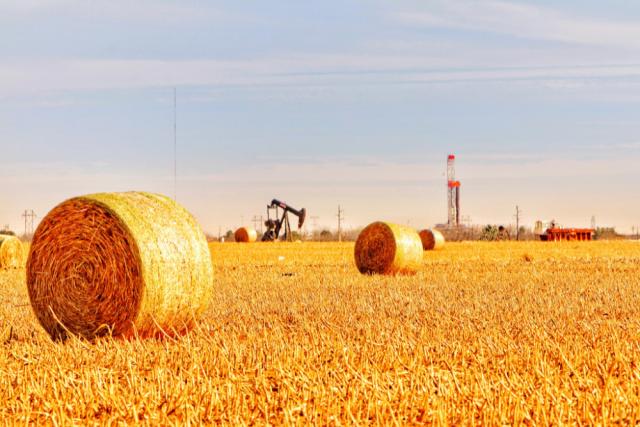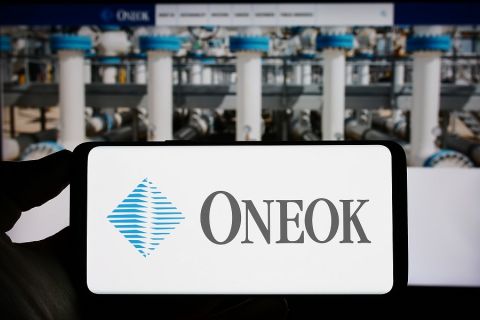
(Source: GB Hart/Shutterstock.com)
Laterals of 15,000 ft could make up about 20% of U.S. shale player Pioneer Natural Resources Co.’s overall program next year, a move that aims to capitalize on synergies from recent acquisitions to its prolific position in the Permian Basin.
“That just means less capital to get more results,” Pioneer CEO Scott Sheffield said Sept. 9 at the Barclays CEO Energy-Power Conference.
Lateral lengths in U.S. shale plays such as the Permian Basin have steadily increased in recent years as drillers work toward well productivity gains. Longer laterals have resulted in improved capital efficiency and better returns.
For Pioneer, lateral lengths have evolved from 5,000 ft to 7,500 ft and onto this year’s average of 10,100 ft. Its plans to drill more 15,000-ft laterals is driven in large part by the company’s back-to-back acquisitions of Parsley Energy and DoublePoint Energy earlier this year.
Personnel at Parsley Energy, in particular, shared their deep drilling and completion techniques with Pioneer, expanding the company’s horizons. Sheffield said the company could end up getting more synergies out of the 15,000-ft laterals than all other operational acquisition synergies combined.
He didn’t say how much of an economic uplift the longer laterals could yield but indicated the company has benefited from longer laterals in the past.
An added benefit, he said, is the wells “don’t come in and peak and then decline. … They produce flatter for a good 12-month time period because you’ve got all this frac fluid that you have to move out of it.”
“You just don’t see flush production like you used to,” he said. “So, it does really help on the decline curve.”
Sheffield anticipates drilling about 100 such wells, up from 25 to 30. That will likely increase over time, he said.
The laterals could also become longer.

Known for its long laterals in the Midland Basin, SM Energy recently said it drilled a 20,900-ft lateral—the longest to date in Texas. It took crews about 20 days to drill the Clarice Starling Sundown D 4542 WA well, which was successfully fracture-stimulated and put online.
“We’re studying that to see if it’s worth it,” Sheffield said of the longer laterals. But, “it’s more about completions. You can drill it quickly. It only takes a day [or] a day and a half to drill that extra 2,500 feet or 5,000 feet. Completing is the biggest issue. We could extend it even past 15,000 over time.”
The Parsley and DoublePoint acquisitions pushed Pioneer’s contiguous net acre position in the Midland Basin to about 920,000 and to about 100,000 in the Delaware Basin. The $250 million worth of operational synergies also included drilling and completion efficiency such as through simul-frac, a process in which two horizontal shale wells are stimulated at the same time with one pressure pumping fleet to cut time and save money.
“Neither company had started simul-fracs; they may eventually have gotten to simul-fracs,” Sheffield said. “But we’re seeing a huge benefit with simul-fracs, saving about $200,000 to $300,000 per well. So, you’ll see more and more simul-fracs done over time and it helps to have, again, contiguous acreage to be able to do more and more simul fracs.”
Pioneer closed its acquisitions of Parsley and DoublePoint earlier this year.
The company has already identified more than 1,000 locations where it can drill more 15,000-ft laterals. Pioneer’s average pad size has grown to about four from three wells in 2018. Pioneer plans to operate two simul-frac fleets during second-half 2021. Sheffield said that could increase to three at some point in time.
Recommended Reading
Kinder Morgan Sees Need for Another Permian NatGas Pipeline
2024-04-18 - Negative prices, tight capacity and upcoming demand are driving natural gas leaders at Kinder Morgan to think about more takeaway capacity.
Summit Midstream Launches Double E Pipeline Open Season
2024-04-02 - The Double E pipeline is set to deliver gas to the Waha Hub before the Matterhorn Express pipeline provides sorely needed takeaway capacity, an analyst said.
FERC Approves ONEOK Pipeline Segment Connecting Permian to Mexico
2024-02-16 - ONEOK’s Saguaro Connector Pipeline will transport U.S. gas to Mexico Pacific’s Saguaro LNG project.
Enbridge Announces $500MM Investment in Gulf Coast Facilities
2024-03-06 - Enbridge’s 2024 budget will go primarily towards crude export and storage, advancing plans that see continued growth in power generated by natural gas.
Midstream Operators See Strong NGL Performance in Q4
2024-02-20 - Export demand drives a record fourth quarter as companies including Enterprise Products Partners, MPLX and Williams look to expand in the NGL market.






